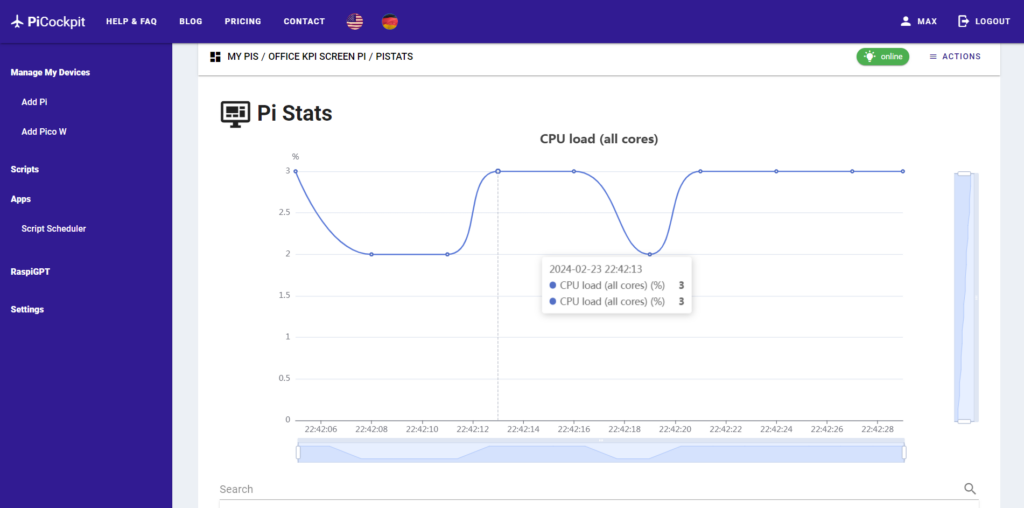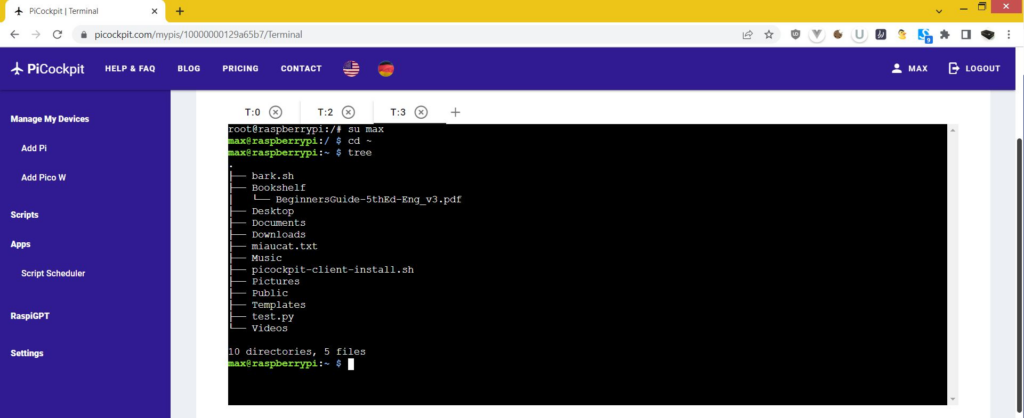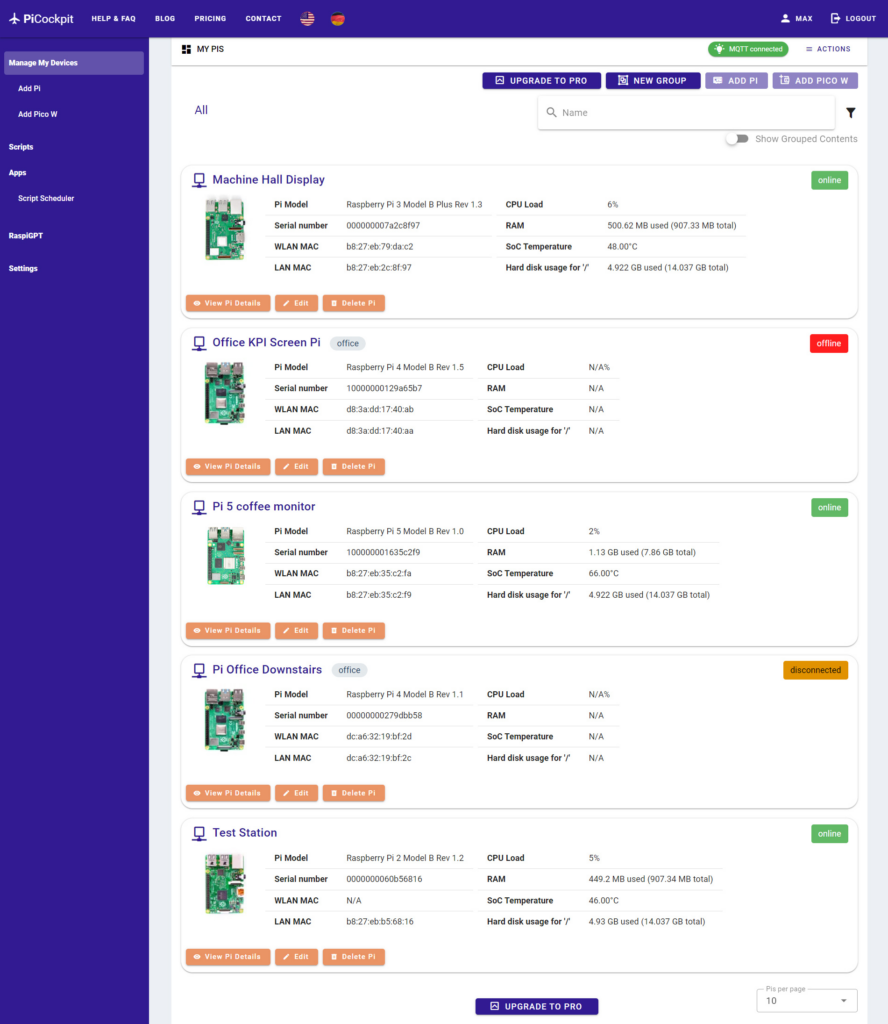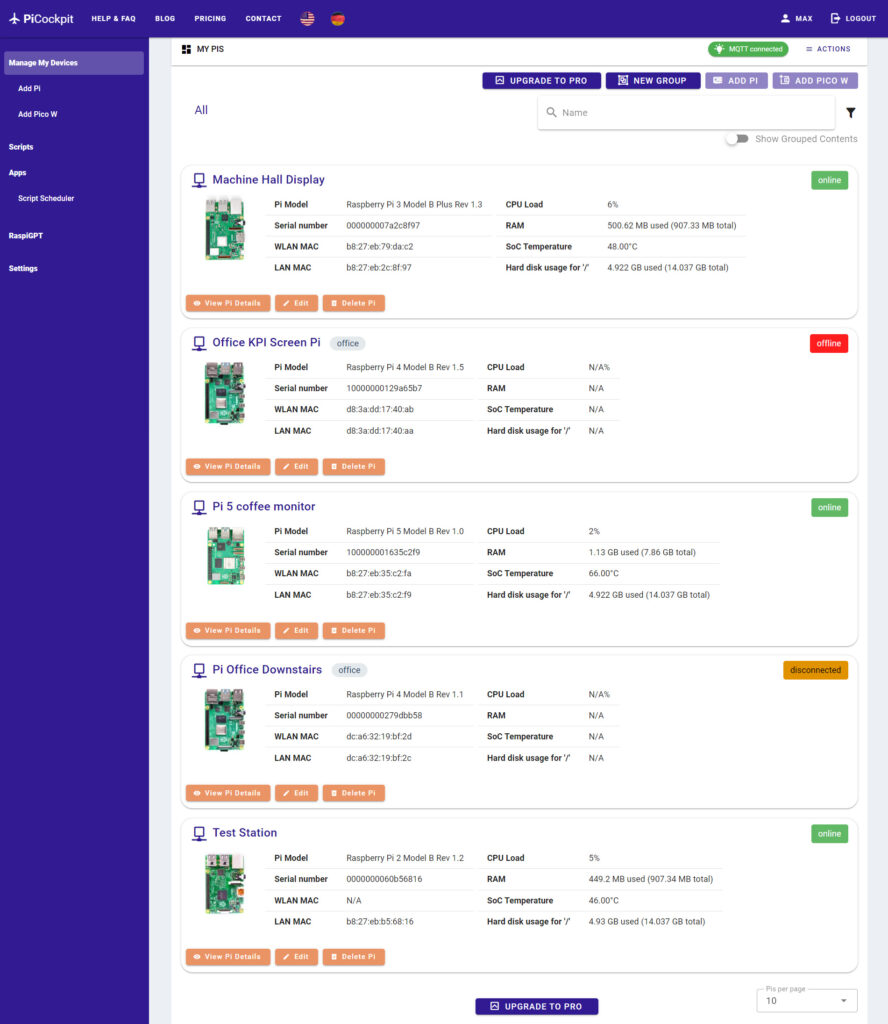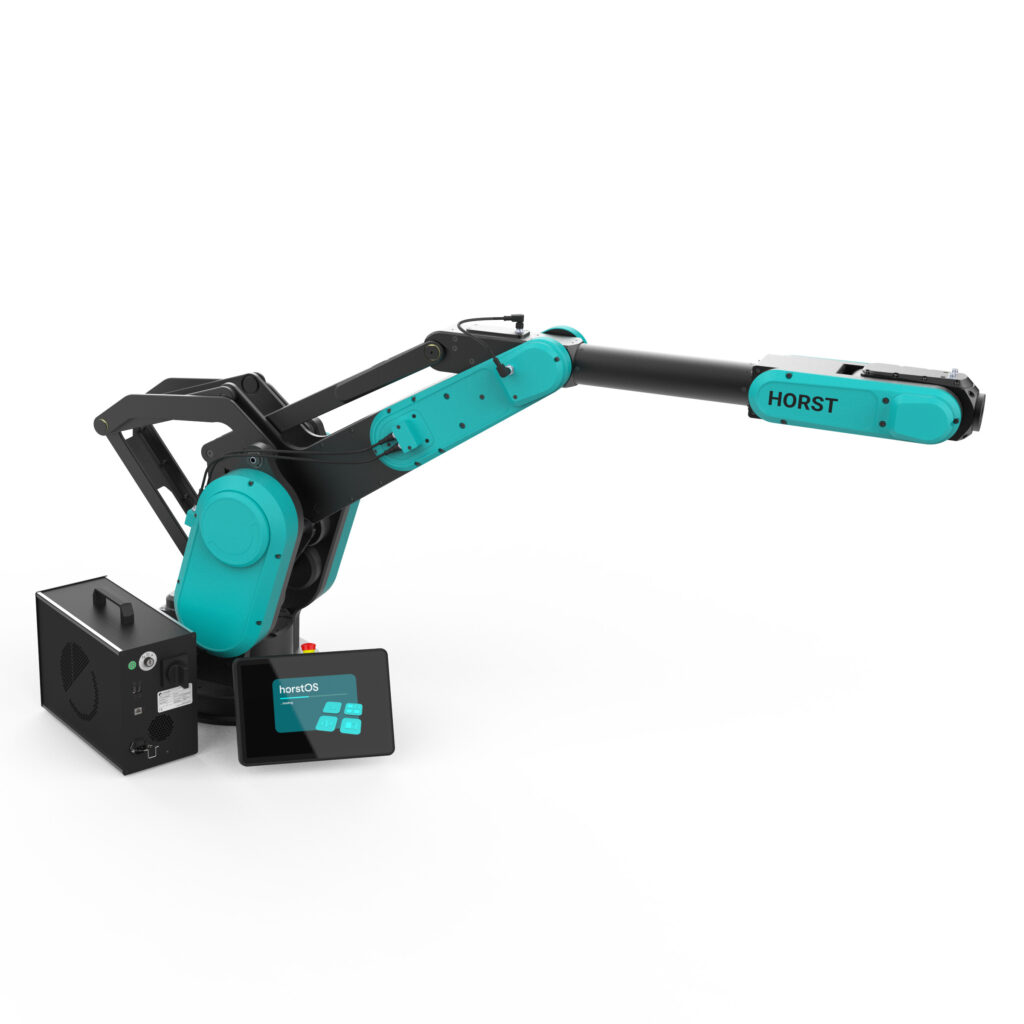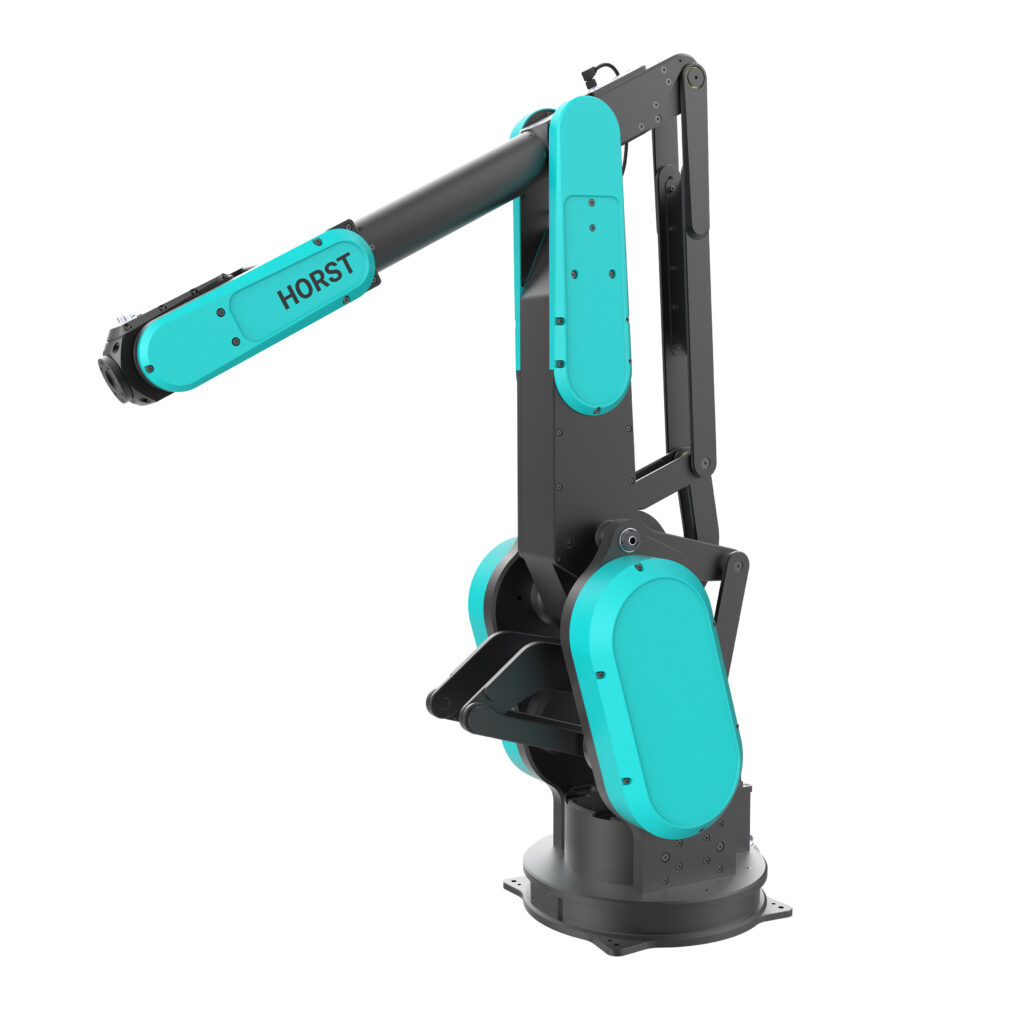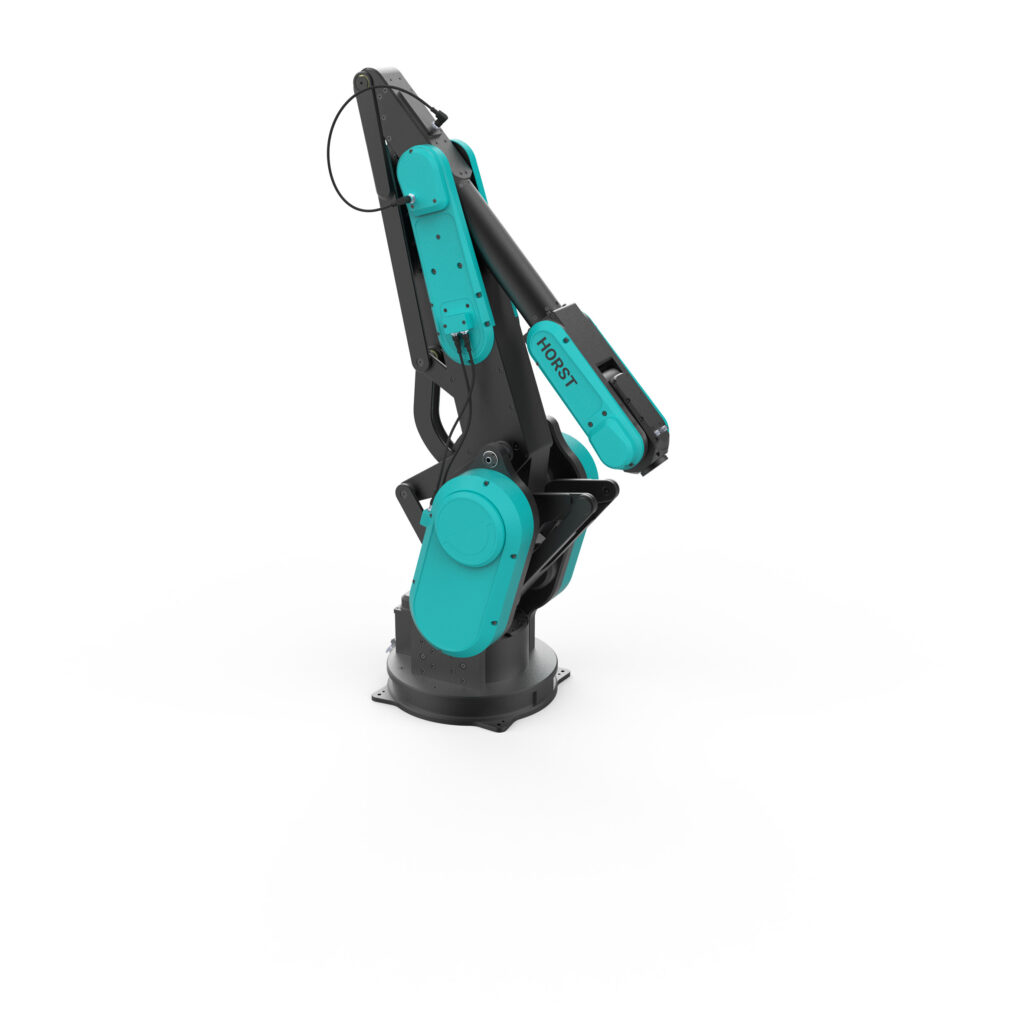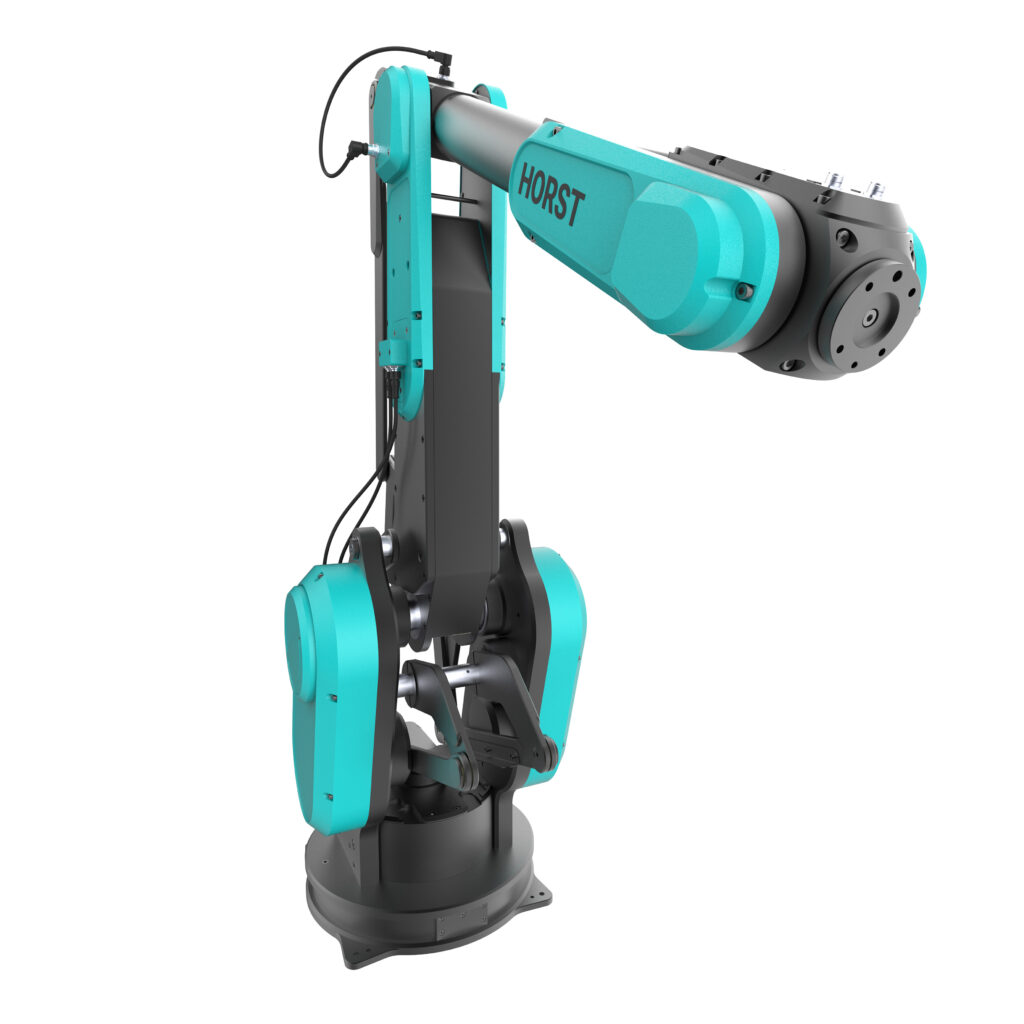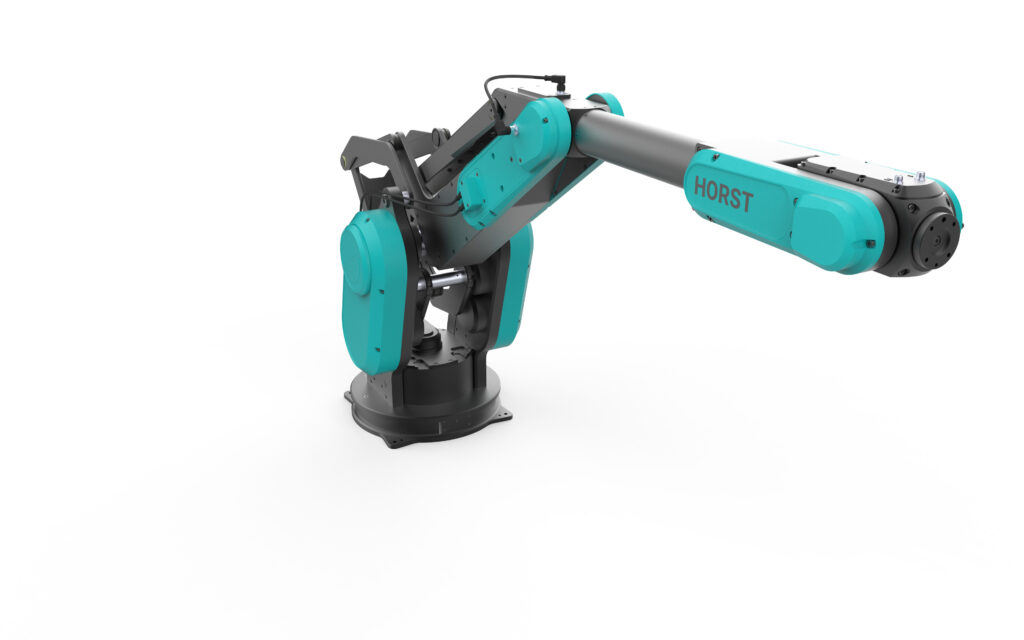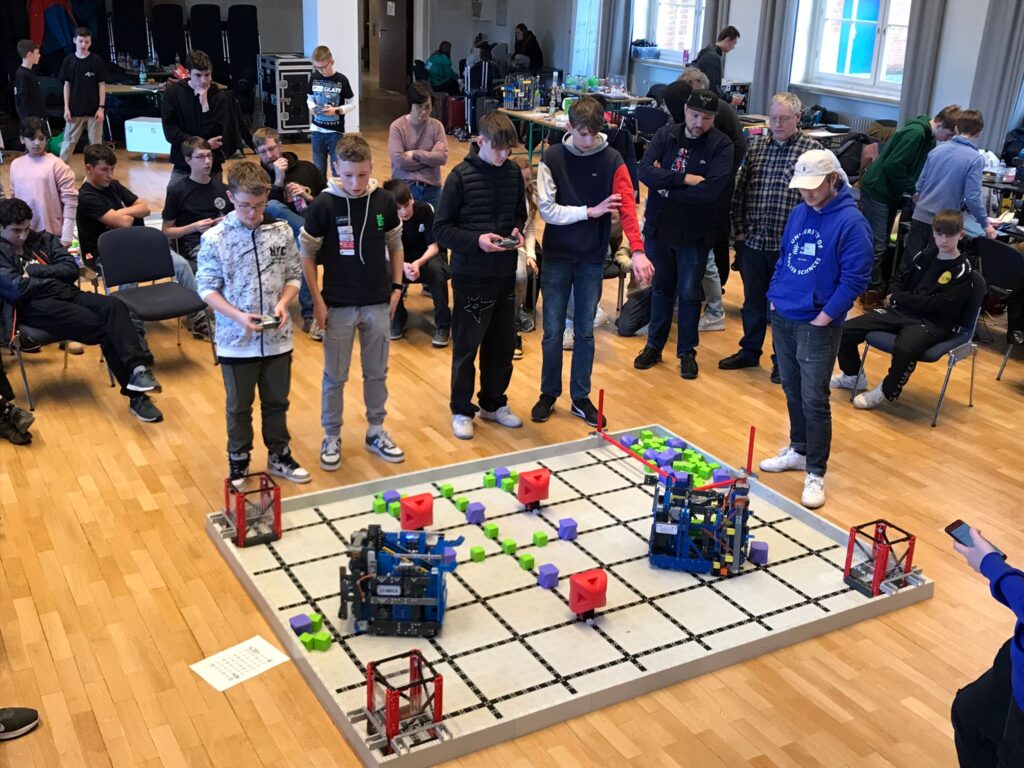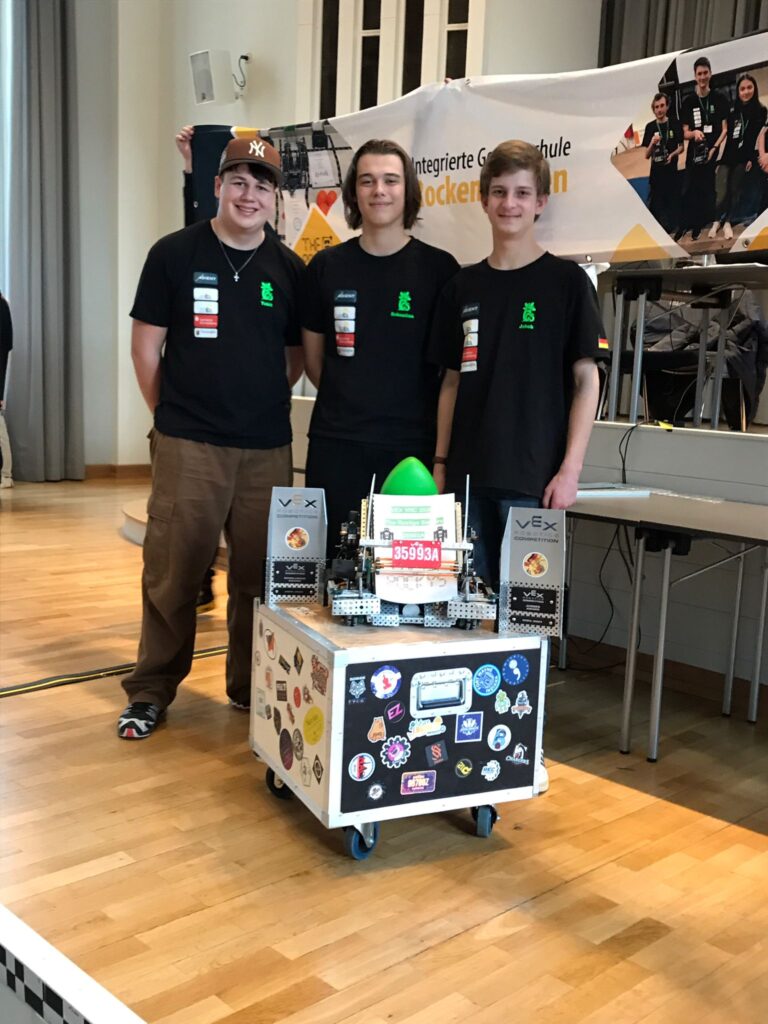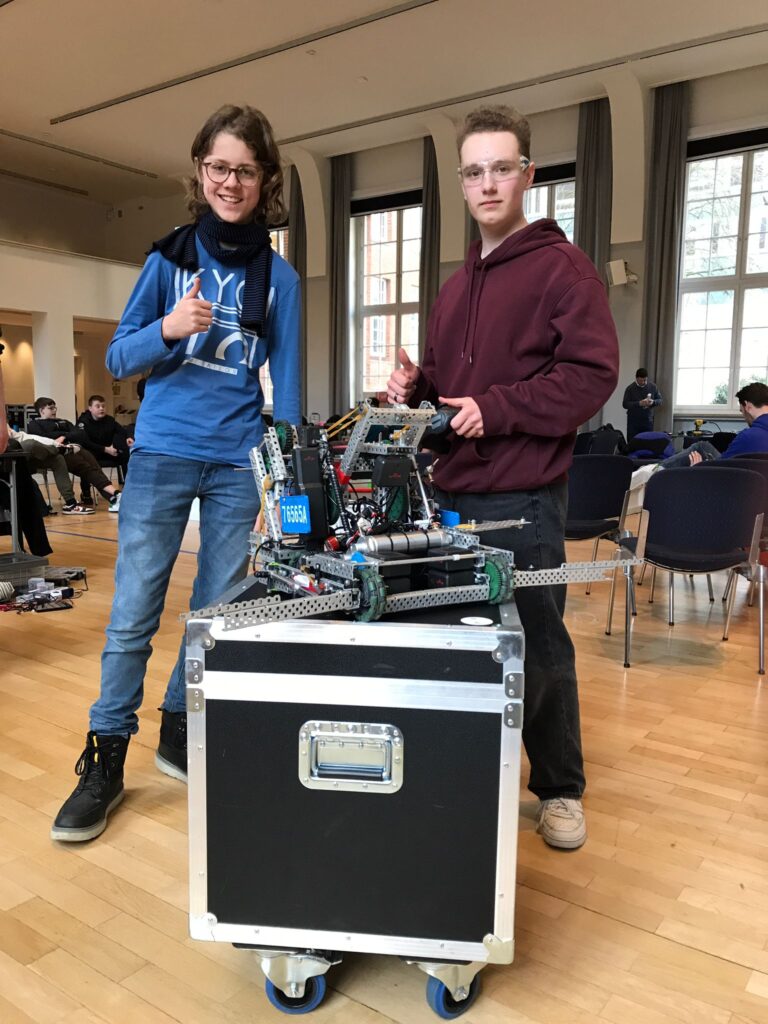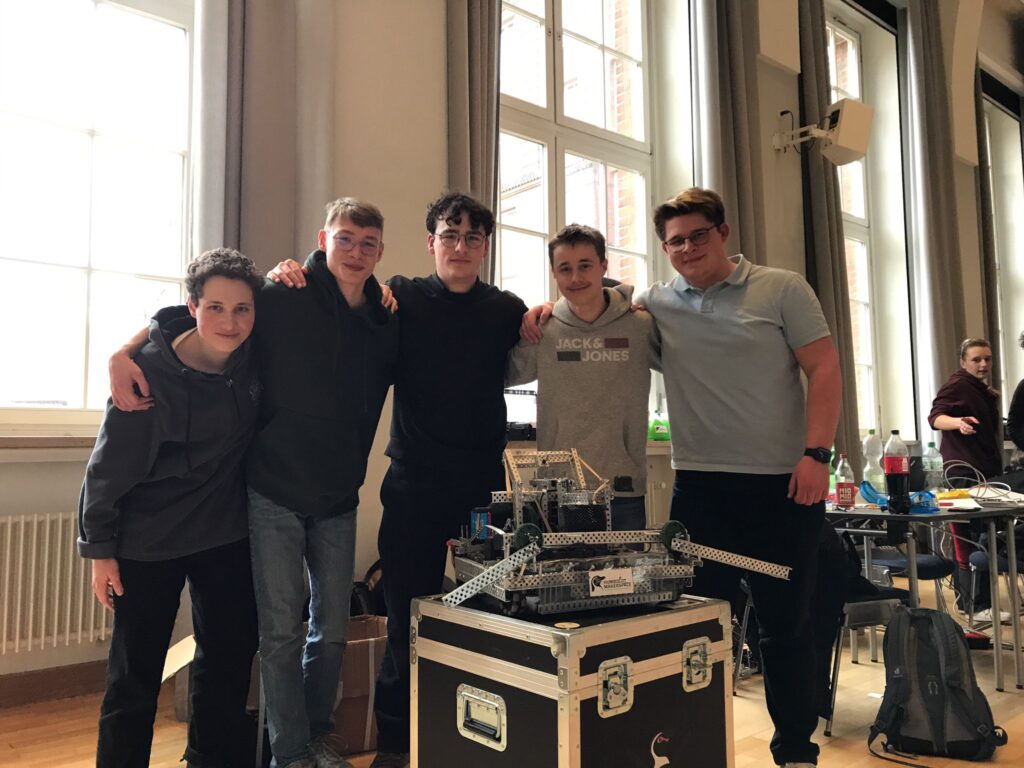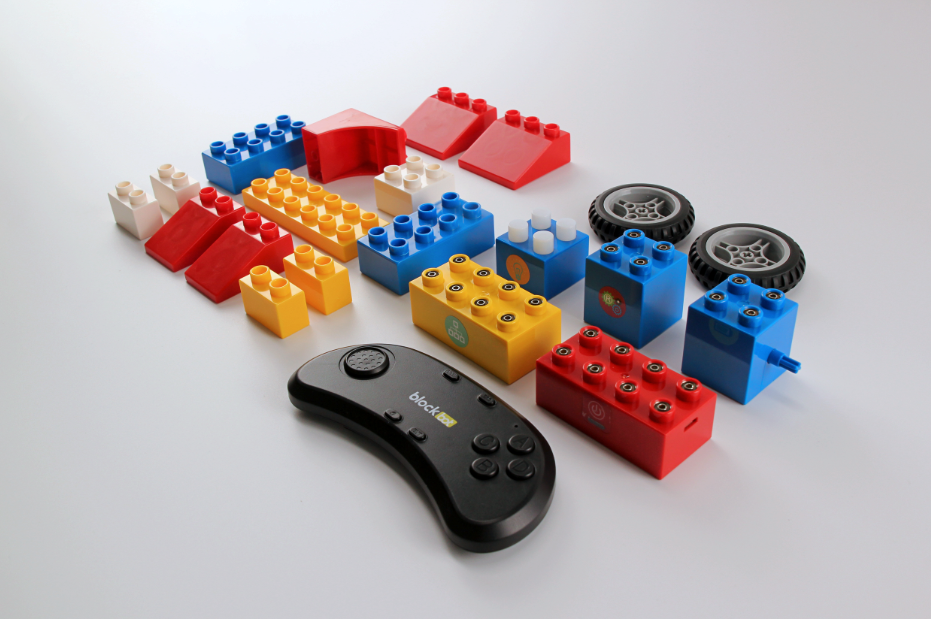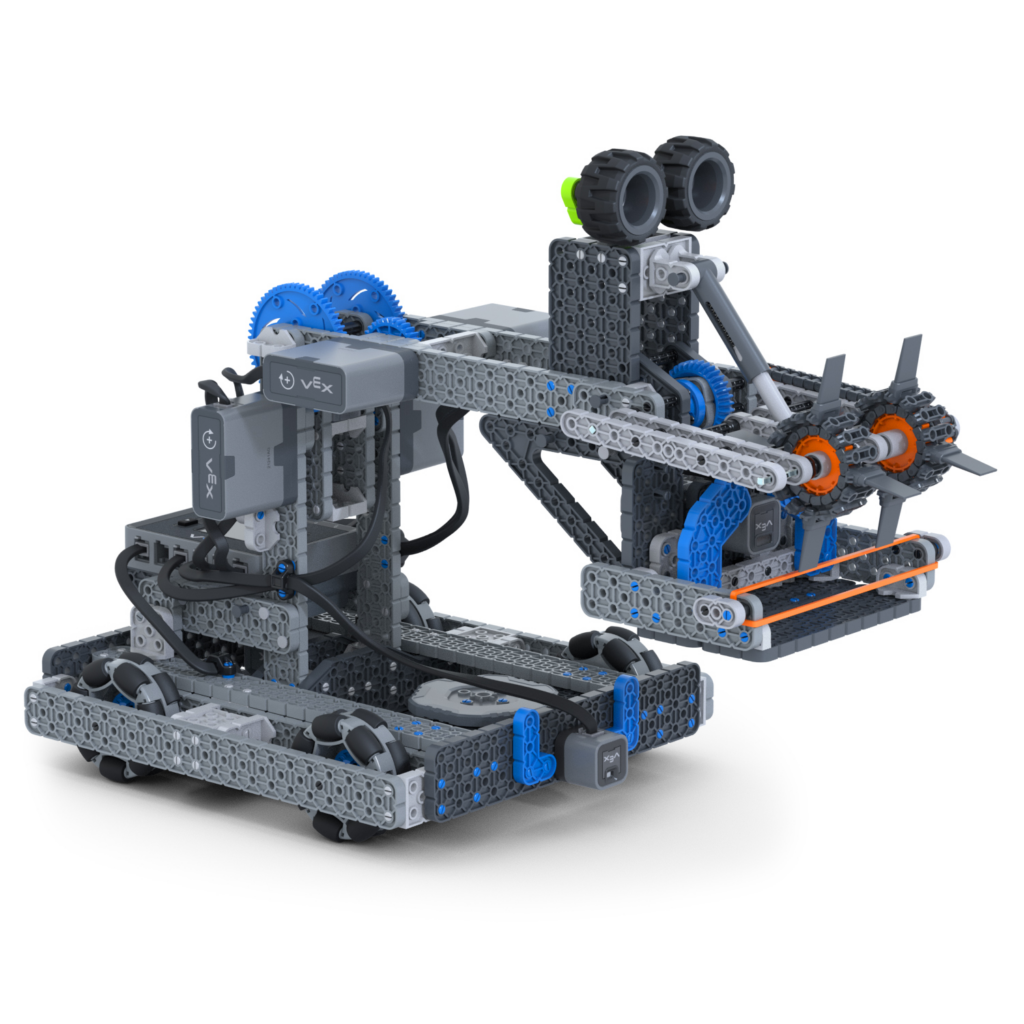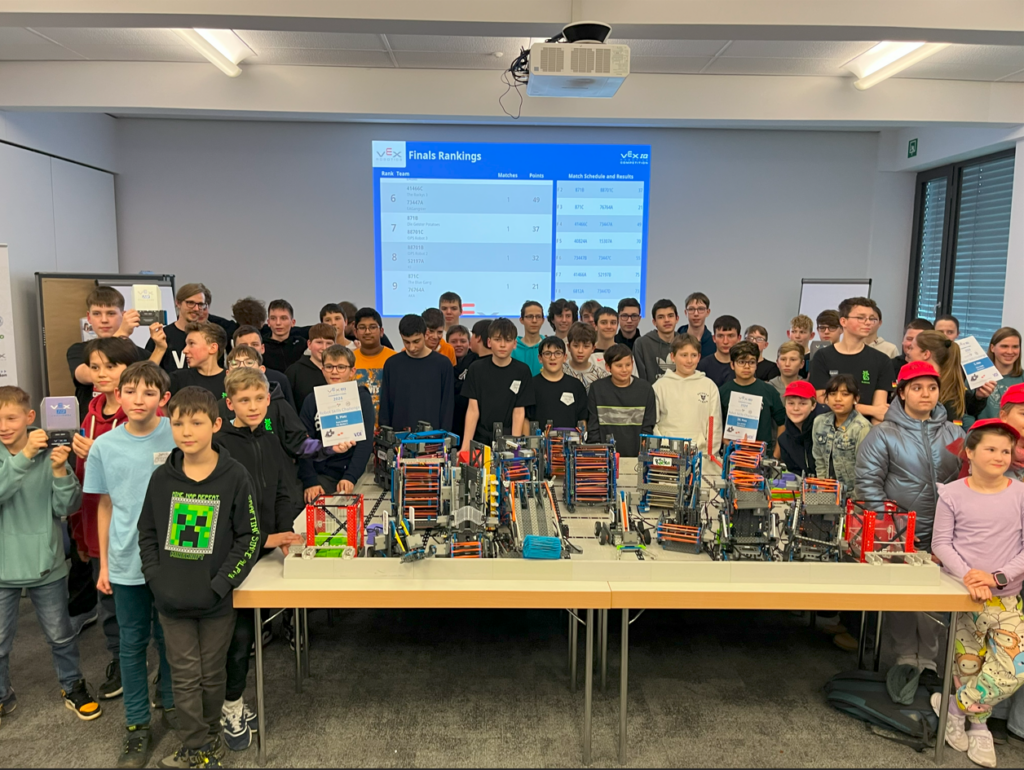- Die Robotik-Lösung NAO der United Robotics Group (URG) wird als Standardplattform von internationalen Teams in Wettbewerben der Standard Platform League eingesetzt.
- Der europäische Marktführer für Servicerobotik präsentiert sein Portfolio für den Bildungssektor am eigenen Stand.
- Dr. Nadja Schmiedl, CTO der URG, nimmt gemeinsam mit Vertretern des Bildungsministeriums für Bildung und Forschung am Roundtable zu KI-basierter Robotik teil.
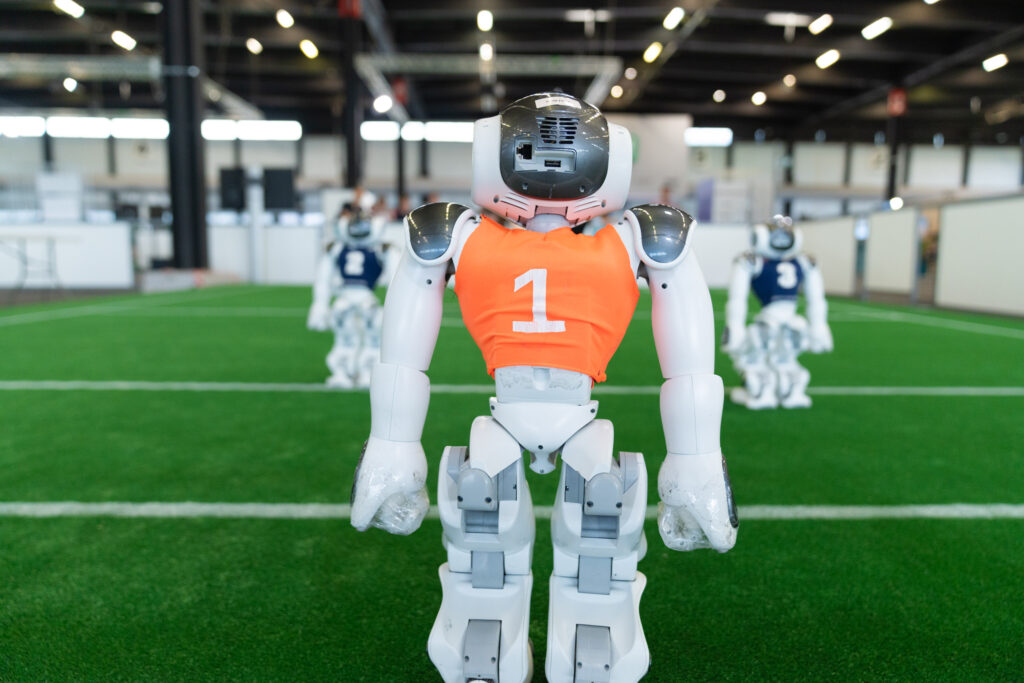
Kassel/Bochum, 18. April 2024– Die United Robotics Group (URG), europäischer Marktführer im Bereich Servicerobotik, ist mit von der Partie bei den diesjährigen German Open des RoboCup vom 17. bis zu 21. April in Kassel. Als Sponsor des Events zeigt das Unternehmen an seinem Stand neben dem Bereich der Standard Platform League in Halle 5 innovative Roboter-Lösungen für den Bildungsbereich aus seinem Portfolio. Der RoboCup ist der weltweit größte Wettbewerb für Robotik und künstliche Intelligenz und eine zentrale Initiative für die Nachwuchsförderung, die in diesem Jahr vom Bundesministerium für Bildung und Forschung getragen wird. Damit bietet die Veranstaltung die ideale Plattform für die United Robotics Group, um die vielfältigen Anwendungsmöglichkeiten ihrer Robotik-Lösungen für den Bildungssektor zu demonstrieren.
Der Roboter NAO, der bereits seit vielen Jahren an Schulen und Universitäten weltweit eingesetzt wird, ist aktiv an den Wettbewerben beteiligt und beweist seine Fähigkeiten in der RoboCup Major Standard Platform League. In einem Match treten zwei Teams von entweder fünf oder sieben NAO-Robotern gegeneinander an, wobei ein Spieler pro Team als Torwart fungiert. Die Roboter bewegen sich autonom und kommunizieren nur untereinander sowie mit dem Game Controller. Die Teams entwickeln Software für die Wahrnehmung, die Entscheidungsfindung und die Ausführung von Handlungen, wobei sie entweder die von RoboCup bereitgestellten Bibliotheken oder eigene Programmierungen verwenden. Während des Wettbewerbs stellt die URG ein Reparaturteam (NAO-Klinik).
Bei den German Open des RoboCup stellen sich in den Hallen 3 bis 5 der Messe Kassel Teams von Universitäten, Hochschulen und Firmen mit ihren Robotersystemen in mehreren Ligen ihren Gegnern. Über 800 Talente aus der ganzen Welt nehmen teil – darunter die Major-Ligen mit über 30 Teams aus Deutschland, Frankreich, Großbritannien, Italien, Österreich, den Niederlanden und den USA. Zudem treten die besten 200 Schülerteams aus Deutschland in den Juniorligen in Altersklassen von 10 bis 19 Jahren gegeneinander an. Gefightet wird in vier Kategorien: RoboCupSoccer, RoboCup@Home, RoboCupRescue sowie RoboCupIndustrial.
„Im Rahmen des RoboCups zeigen wir, wie sich anspruchsvolle Visionen mit Lösungen der URG im Bereich Learning und Education realisieren lassen. Im Vordergrund steht dabei die Förderung von Talenten im Tech-Bereich. Es geht um nichts Geringeres als die systematische auf die Anforderungen von morgen“, erklärt Dr. Nadia Schmiedl, CTO der United Robotics Group. „So wollen wir den Nachwuchs fit für die Zukunft machen, in der Robotik aufgrund aktueller gesellschaftlicher Herausforderungen wie dem demografischen Wandel und dem damit verbundenen Fachkräftemangel immer häufiger zum Einsatz kommen wird. In diesem Zuge geht es auch um eine höhere Akzeptanz der Technologie.“
Vier Lösungen, ein Ziel: gewinnen für optimierte Bildungsmethoden
An ihrem eigenen Stand neben dem Bereich der Standard Platform League in Halle 5 demonstriert die URG dazu konkret vier Lösungen aus ihrem Portfolio:
- Blockly. Interactive Robotics zielt vor allem auf Servicerobotik-Angebote in den Bereichen Bildung und Healthcare. Die Lösung eignet sich zur Vermittlung von Mensch-Roboter-Interaktionsformen und zur Stärkung digitaler Kenntnisse bis hin zum anspruchsvollen Programmieren. Die Lösung erfordert keinerlei technische Kenntnisse und ist daher besonders leicht zugänglich und flexibel in verschiedenen Bereichen einsetzbar.
- Jupyter AI Package NAO steht für die Integration des NAO-Serviceroboters in Jupyter Notebooks. Die Lösung nutzt die Echtzeit-Daten der Sensoren von NAO sowie Remote Control-Funktionen und ermöglicht Lehrkräften den Unterricht in den Bereichen Programmierung, Datenwissenschaft und maschinelles Lernen praxisnah zu gestalten und flexibel an verschiedene Lernanforderungen anzupassen.
- NAO Maze lässt den Serviceroboter NAO mithilfe der ArUco Marker Detection-Technologie durch ein Labyrinth navigieren. Dafür nutzt die Lösung die Sensoren und Kameras von NAO. Diese Technologie kommt hauptsächlich bei Aufgaben wie Kartierung, Routenplanung oder dem Ausweichen von Hindernissen zum Einsatz.
- Die Verbindung des Serviceroboters Pepper mit ChatGPT erschließt eine neue Dimension der Interaktivität und Ausdrucksfähigkeit. Im Unterschied zu konventionellen textbasierten Ansätzen steht die Einbeziehung eines physischen Roboters für eine erweiterte Kommunikation einschließlich Gestik und Echtzeit-Interaktionen. In Bildungseinrichtungen bietet die Kombination von ChatGPT und Robotern einen innovativen Ansatz für interaktives Lernen. Lernende können personalisierte Unterstützung erhalten, Fragen stellen und an dynamischen Unterhaltungen teilnehmen, die reale Interaktionen nachahmen.
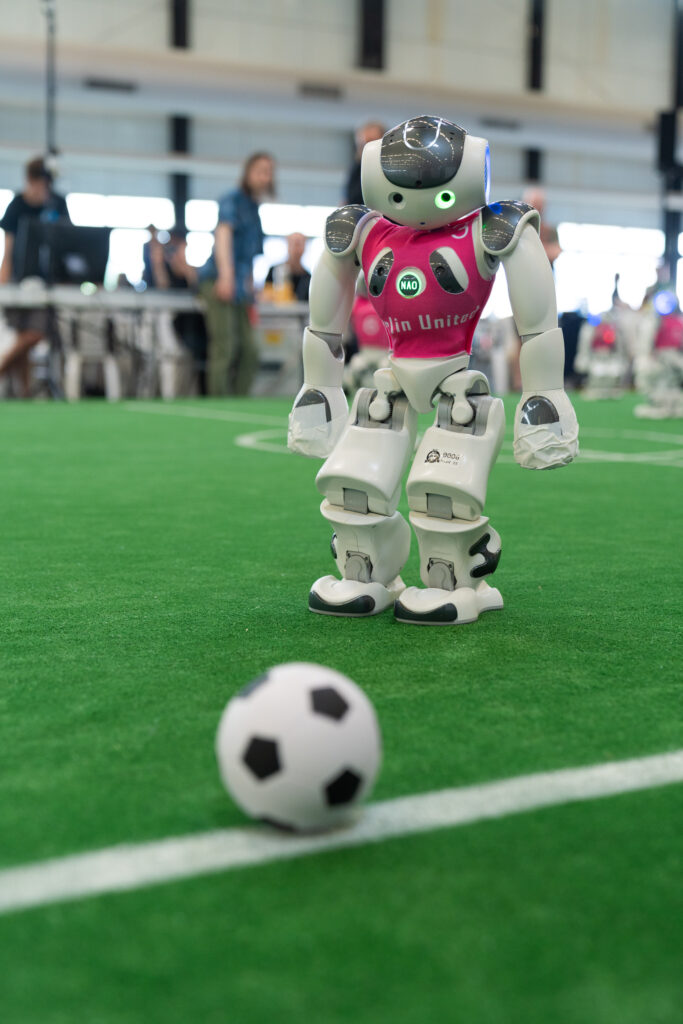
Neben den Wettbewerben und Showcases stellt die URG mit ihrer CTO Dr. Nadja Schmiedl eine prominente Teilnehmerin des hochkarätig besetzten Roundtables am 19. April, der einen kompakten Überblick über relevante Themen und den aktuellen Status quo gibt. Um 14:00 Uhr startet die Runde, die unter Beteiligung des Bundesministeriums für Bildung und Forschung in Gestalt von Vertretern der VDI/VDE Innovation + Technik GmbH-Projektträger für das Ministerium stattfindet. Schwerpunktthemen sind die Rolle von Wettbewerben bei der Förderung von Talenten in der intelligenten Robotik sowie die Bedeutung von Robotik und KI für gesamtgesellschaftliche Fragen.
Die Gewinner der German Open treffen beim RoboCup 2024 erneut aufeinander, der in diesem Jahr vom 17. – 21. Juli in Eindhoven (Niederlande) stattfindet und bei dem auch die United Robotics Group vertreten sein wird.



